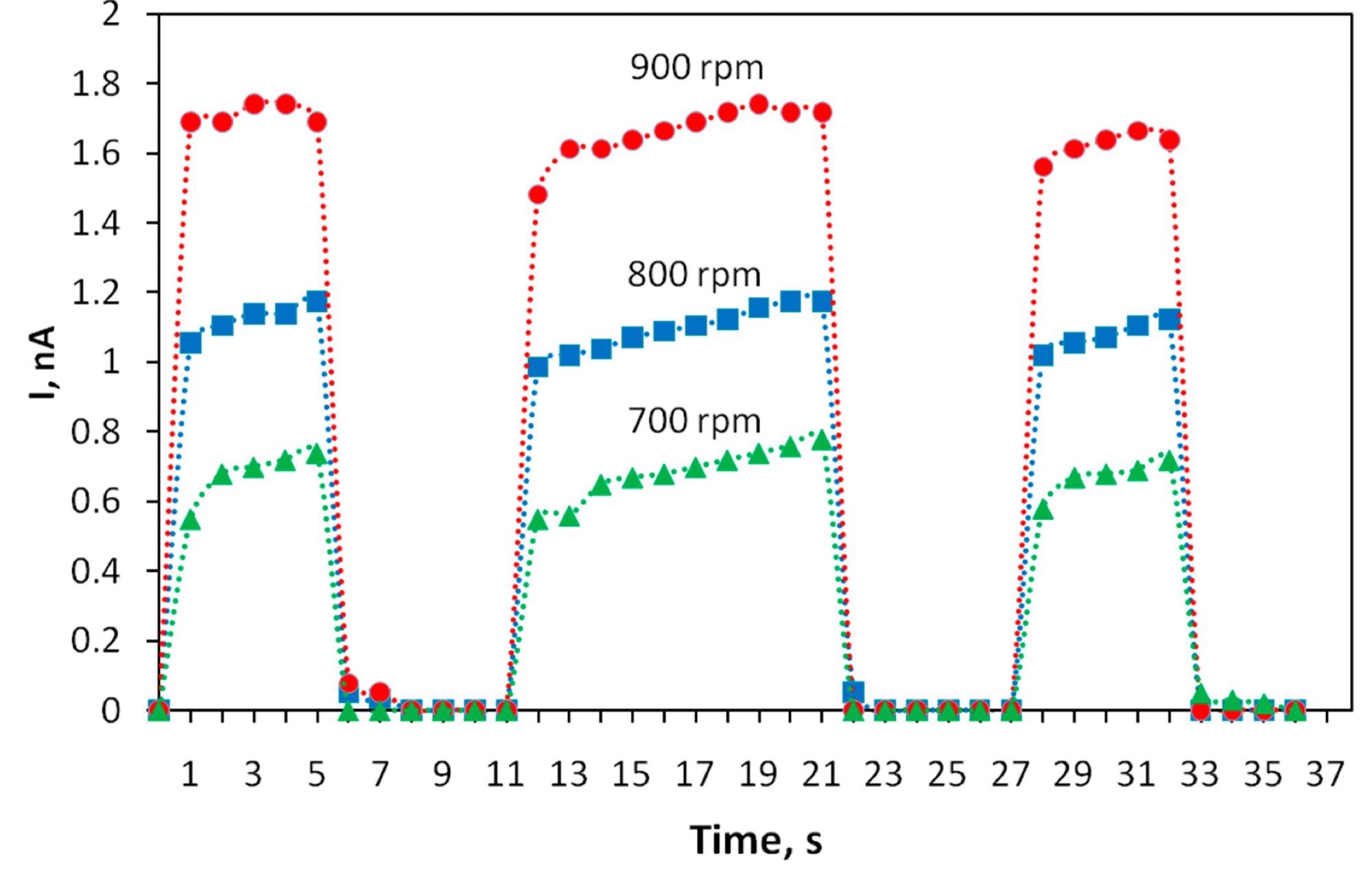The latest research published in Materials focuses on the optoelectronic properties of a novel type of Polyindole thin film substrate.

Study Name: Photoconductivity of Thin Films Obtained from a New Type of Polyindole. Image Credit: Cavan-Images/ Shutterstock.com.
Development of Organic Electronics
The advancements in polymer science and nanomaterials fuel the rapid growth of organic electronics. This research path began in 1977, when scientists Higger, McDiarmid, and Shirakawa demonstrated that polyacetylene treated with halides may transmit electric charge almost as effectively as a metal. This finding, as well as other important studies in the areas of natural polymers, aided in the creation of electronics, which integrates advances in solid-state and molecular physics, organic and inorganic chemistry, electronics, and printing.
Electrically Conductive Polymers
Organic polymers that conduct electric current are known as polymer electrolytes or inherently semiconducting polymeric materials. These substances may be metal conductors or semiconductors. Highly conductive polymers are the most commonly used and researched polymers for practical uses in organic electronics. Among the various chemicals, polyindole and its variants stand out due to their photocatalytic characteristics, as well as their great heat and chemical durability and cation exchange capabilities.
Importance of Polyindole
By changing the topologies of polyindole derivatives, it is feasible to increase their biophysical qualities and optimize the manufacturing process. There are several polyindole analogs available today with tunable features such as electrical properties, photocatalytic activity, and oxidative activity. Furthermore, there are several publications on the fabrication of new polyindole-based hybrids and copolymers, which broaden the uses of polyindole substances.
Among the chemicals employed in this field, resources and tools on intertwined electrical conductor polymer and synthetic platforms are thought to be the most viable. Polyindoles are interesting constituents for such polymers since they can be accountable for conductivity, tunability, and regulated electrical characteristics.
Advantages of Novel Polymers and Polyindoles
The existence of features such as low-frequency optical band gap, extended electrical properties, strong electron attraction, and low ionization possibilities makes this group of polymers ideal for optoelectronic applications. It should be noted that polyindoles have recently seen increased application in electronic applications due to their distinctive electrophysical and photonic features, as well as the ease of fabrication, availability and low cost of raw ingredients, and environmental durability. The newly synthesized polyindoles with intrinsic emission spectra and photocatalytic capabilities can be used in a variety of semiconductor applications.
The purpose of the novel research was to investigate the optoelectronic characteristics of thin films of a novel polyindole derivative to demonstrate their suitability for usage in photoresistors and phototransistors.
Experimental Findings
The results revealed that the electronic spectra of MPIn exhibited a single absorption maximum at 269nm, which is typical of the complete Polyindole family.

(a) Absorption (blue curve) and photoluminescence (green curve) spectra of MPIn, (b) dependence of α2 on photon energy hν. Image Credit: Salikhov, R. B. et al., Materials
It was discovered that synthesized MPIn exhibits a bathochromic when compared to initially researched polyindoles of a different variety. It is also recognized that polyindoles have luminescence properties due to their coiled geometry, and as a result, the development of an indole segment in the polyaniline strand corresponds to an increased intensity of MPIn emissions.
The existence of photocatalytic activity indicated the possibility of detection and photoconductivity. Photoconductivity is the improvement in the electrical properties of a semiconductor caused by light radiation.
The photoconductivity fell 3–4 times when the separation between the source of light and the specimen increased from 10 to 30 mm.
An atomic force microscope was used to determine the thickness of the film. With an improvement in rotational speeds, the homogeneity of the film enhanced, the surface finish diminished, which resulted in higher charge carrier mobility, and the photon energy increased. The "shading" effect can also be seen when there is a lot of irregularity. At low rotation speeds, the appropriate surface area on which photon landed is less, resulting in a drop in photocurrent.
In short, optoelectronic properties were thoroughly assessed in the latest research. The permeability and photoluminescence spectra were recorded, and it was discovered that synthesized MPIn exhibits a bathochromic shift in comparison to other polyindoles previously studied.

Kinetics of the photoresponse of the current through polyindole films obtained at different spin coating speeds. The voltage between the electrodes is U = 10 V. Image Credit: Salikhov, R. B. et al., Materials
Further Reading
Salikhov, R. B. et al., 2022. Photoconductivity of Thin Films Obtained from a New Type of Polyindole. Materials, 15(1). 228. Available at: https://www.mdpi.com/1996-1944/15/1/228
Disclaimer: The views expressed here are those of the author expressed in their private capacity and do not necessarily represent the views of AZoM.com Limited T/A AZoNetwork the owner and operator of this website. This disclaimer forms part of the Terms and conditions of use of this website.